Book Club Confidential: Overcoming Conversation Anxiety by Focusing on Critical Scenes
This is a blog post on fear. Now, I could write about one of my many, many fears, some of which include:
- Enclosed spaces - elevators, airplanes, subways, all of New York City in summer.
- Taking a medication and then realizing it expired yesterday.
- Anything expired really - taco shells, orange juice, sun screen, passports.
- Thunder.
But this is also a blog post on taking risks. I could also write about one of the many risks I take, such as:
- Drinking a purchased beverage even though the safety seal was maybe (but not really) broken!
- Wearing black, brown and gray all at the same time!
- Admitting to a large public audience that I've watched every single season of The Bachelor series.
But my fears and risks aren't limited to being trapped inside metal objects and expiration dates. No, they pop up in all aspects of my life - including my reading life.I've always been a bit shy in a book club. One of my insecurities centers around bringing up the 'right' thing to talk about - a great scene, a fresh idea about a character, an interesting theory about plot. My go-to move is usually to let others bring up something interesting to talk about and then I tack on my thoughts and fuel the momentum of the conversation.But starting the conversation? Kinda terrifying for a reader like me.I've noticed many adolescent readers struggling with the same insecurity. Now, they know the moves to kick off a conversation:
What ideas did you have since the last time we met? What are you thinking about this character? What have you found surprising in the book so far?
They also know the moves to keep a conversation going:
What makes you say that? Is there another place in the text where that's true? Does anyone else see it the same way? A different way?
But somehow, even with these conversational moves in hand, so often the conversation seems to fall flat, to skim the surface. So when I watch an adolescent book club that's awkwardly quiet or staying superficial, it seems sometimes that the struggle, the insecurity, is simply what to talk about. It's risky to throw something big out there to talk about with a group of peers, especially around the middle school age, when, if you were like me, you panicked over having to go to the bathroom because that meant having to actually stand up and walk in front of the class. (This fear, luckily, has faded over the years.)There are many ways to empower young readers with the confidence in finding interesting, compelling, exciting things to chat about when reading a book together. One of my favorites is teaching students to locate and talk about critical scenes in a text.I was working with some wonderful teachers in a small middle school on the Lower East Side in New York City a few weeks ago. Instead of teaching students how to talk with each other, we invited them to think about what they might talk about. Check out our chart: In this lesson, we first acknowledged how it's sometimes tough to bring up something to talk about, especially if you're not feeling that confident. We then invited them to do some thinking about the critical scenes in their books. As to not overwhelm them, we described critical scenes as places a character does something out of the ordinary (or says or thinks), places where there is a big shift of events, or places where the character (or the reader) discovers something about themselves, other characters, or the world.After we modeled this work on the scene from The Hunger Games where Katniss volunteers herself as tribute, we observed students trying this work in book clubs. We realized this work had two tiers:
In this lesson, we first acknowledged how it's sometimes tough to bring up something to talk about, especially if you're not feeling that confident. We then invited them to do some thinking about the critical scenes in their books. As to not overwhelm them, we described critical scenes as places a character does something out of the ordinary (or says or thinks), places where there is a big shift of events, or places where the character (or the reader) discovers something about themselves, other characters, or the world.After we modeled this work on the scene from The Hunger Games where Katniss volunteers herself as tribute, we observed students trying this work in book clubs. We realized this work had two tiers:
- First, students worked at identifying critical scenes in their books. They took post its or paperclips and searched for critical scenes they wanted to chat about. They debated with their clubs what scenes were, indeed, critical.
- Secondly, students wrote a bit to prepare for a conversation around these critical scenes. They took to their notebooks (or could be post its or blogs) to record their thinking about these critical scenes. Some thought prompts for this work can be found here.
Talking to people can be scary. Sometimes the fear and risk-taking around book club conversations isn't so much how to talk with each other - it's what to actually talk about. It's about the moment you take a risk, throw something out there to talk about, and see how it goes. Anchoring this risk to something concrete, like discussing critical scenes, can be just the thing to settle a fear.Here are other favorite anchors to help nurture conversations about books, both with students and ourselves:
- Anna Gratz Cockerille, staff developer, literacy consultant & blogger for the fantastic Two Writing Teachers, shares helpful tips in laying the groundwork for rich conversation here.
- Melanie Meehan & Melanie Swider on their popular blog, Two Reflective Teachers, offer helpful tips on modeling conversations around books here.
- Follow Donalyn Miller and her #bookaday challenge, where hundreds and hundreds of people share their daily summer reading joys here. The Nerdy Book Club is the one best confidence-boosting reading communities we could recommend!
If you have other ways you define a critical scene, let's continue the conversation - please share them below in the comments. We'd love to hear from you!Big Idea - Book Club Conversations Tiny Detail - Locating & Discussing Critical Scenes in Books-Kate & Maggie

